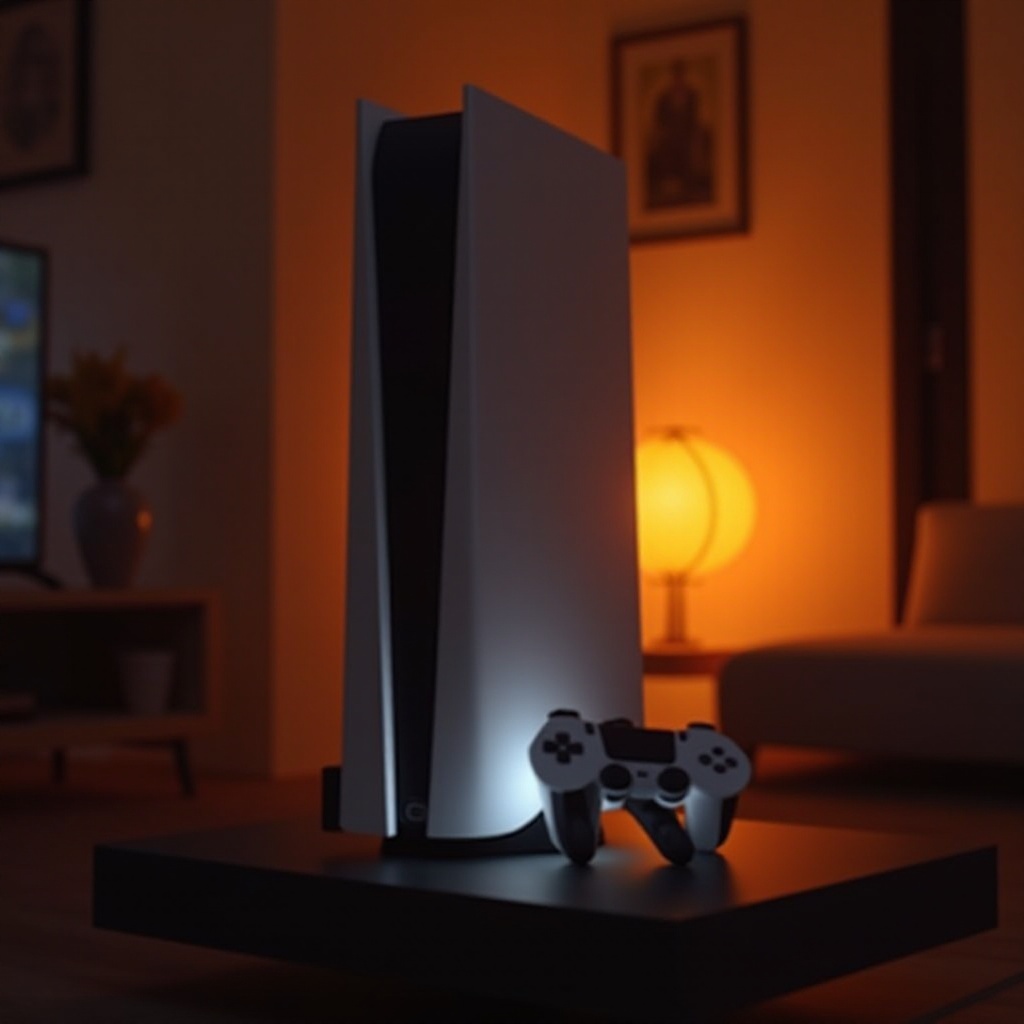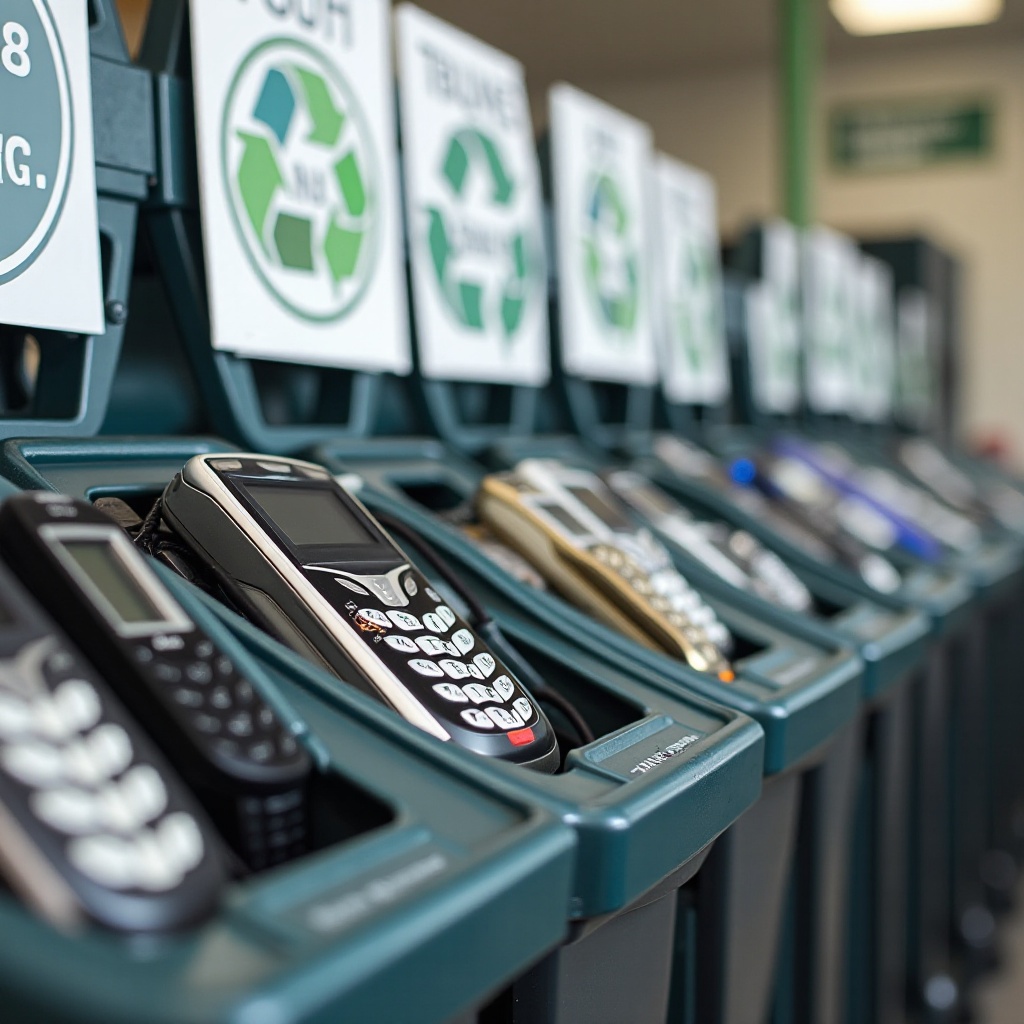Introduction
Owning a Vizio TV is a fantastic way to enjoy entertainment. However, encountering issues like a sudden black screen, audio malfunctions, or connectivity problems can be frustrating. These disruptions interrupt your viewing experience, but the good news is that most Vizio TV problems are resolvable with proper troubleshooting. In this guide, we will walk you through common problems, from basic to advanced troubleshooting steps, and advise when it might be time to seek professional help. By understanding and applying these methods, you’ll be equipped to tackle any hiccups with your Vizio TV, ensuring you get back to enjoying your favorite shows and movies as swiftly as possible.
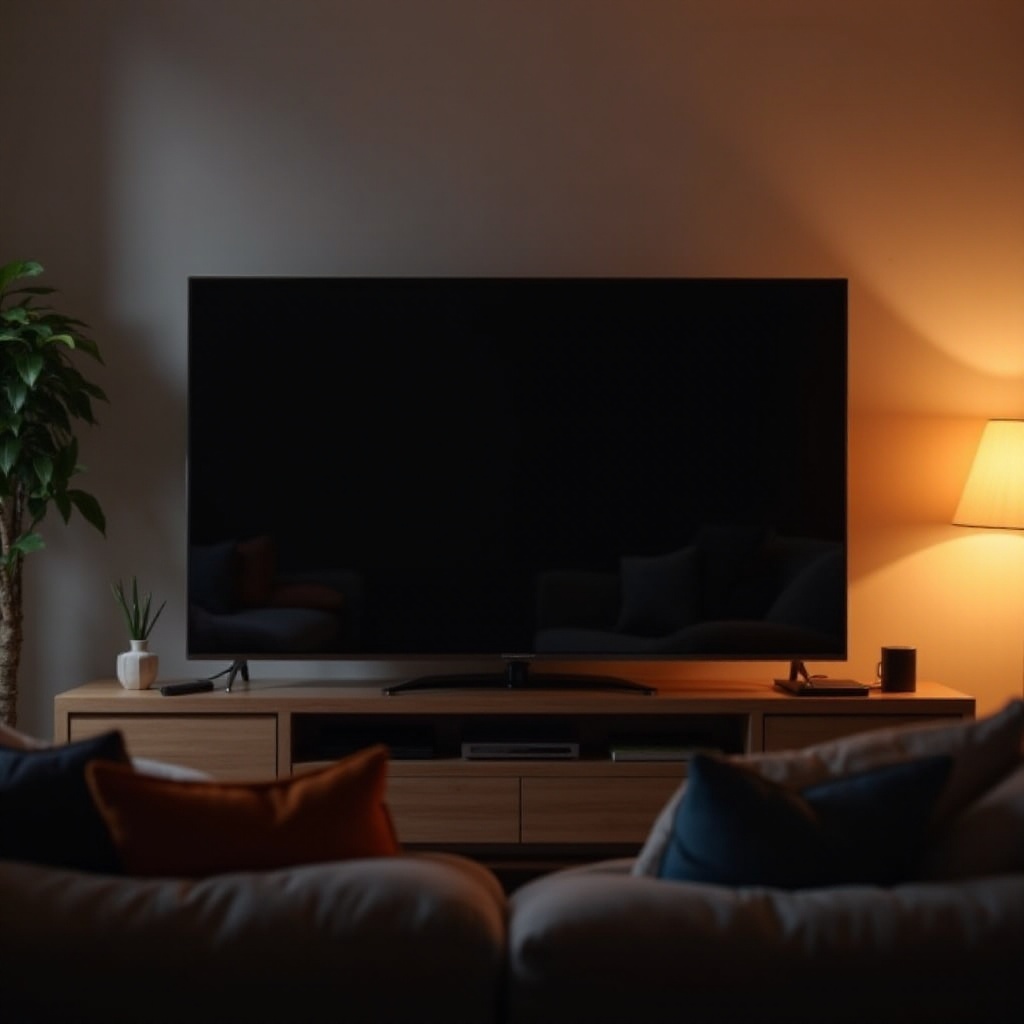
Common Problems with Vizio TVs
Vizio TVs are renowned for their quality and affordability, yet they are not immune to some common issues. One of the most reported problems is the TV not turning on, which is often due to power supply problems. Another frequent issue users face is a lack of sound, often related to faulty internal speakers or incorrect audio settings. Connectivity issues are also prevalent, especially concerning internet or HDMI connections, which can lead to streaming difficulties or a ‘No Signal’ display. Users frequently mention remote control malfunctions, generally due to weak batteries or signal interference. Additionally, software glitches might cause apps to crash or prevent the TV from interfacing with external devices. Understanding these issues can guide your troubleshooting efforts effectively.
Basic Troubleshooting Steps
Before diving into advanced techniques, try these fundamental troubleshooting steps.
Power Cycling Your TV
- Unplug: Disconnect the TV’s power cable from the wall outlet.
- Wait: Allow the TV to sit unplugged for at least 30 seconds.
- Reconnect and Power On: Plug the TV back in and try turning it on. Power cycling can help resolve simple software bugs.
Checking Cable and Power Connections
- Inspect All Cables: Ensure all cables, including power and HDMI, are securely connected.
- Replace Faulty Cables: Swap out any damaged or loose cables with new ones.
- Test Different Outlets: Plug the TV into another outlet to check for a faulty power source.
Resetting TV Settings
- Access Settings: Use the remote to navigate to the Settings menu.
- Perform Factory Reset: Select ‘Reset & Admin’ and then ‘Reset TV to Factory Defaults.’ This can resolve persistent issues caused by errant settings.
Basic troubleshooting can often solve minor issues. If these problems persist, it’s time to move on to advanced troubleshooting.
Advanced Troubleshooting Techniques
If basic steps don’t resolve the issues, consider these more advanced solutions.
Updating Software and Firmware
- Check for Updates: Navigate to the Settings menu and select ‘System’ followed by ‘Check for Updates.
- Install Updates: If updates are available, follow the on-screen instructions to install them. Keeping the TV’s software up-to-date ensures optimal performance.
Resolving Connectivity Issues
- Wi-Fi Signal Check: Ensure your router is operational and positioned close enough to the TV.
- Reconnect to Network: Navigate to Network settings and reconnect to your Wi-Fi.
- Use Ethernet Cable: For a more stable connection, connect your TV directly to the router using an ethernet cable.
Addressing Remote Control Problems
- Replace Batteries: Ensure the remote has fresh batteries.
- Check Obstructions: Clear any objects blocking the remote’s signal to the TV.
- Reset Remote: For some models, hold down the ‘Setup’ button until the LED lights to reset the remote control.
Advanced troubleshooting can handle persistent or complex issues that basic methods cannot resolve. If these techniques don’t help, the problem might be hardware-related.
Understanding Hardware Issues
Certain symptoms might indicate a deeper hardware problem that necessitates professional repair.
Identifying Signs of Hardware Malfunction
- Image Distortion or Lines: This might suggest an issue with the display panel.
- Unusual Sounds: Loud buzzing could point to speaker issues.
- Failure to Power On: Ongoing power issues despite troubleshooting might indicate a faulty power supply or internal board.
When to Seek Professional Repair
After attempting all troubleshooting steps, if the TV still doesn’t function correctly, it’s wise to consult a professional. Qualified technicians can safely diagnose and repair hardware issues, preventing further damage. Vizio offers service options under warranty and for out-of-warranty repairs.
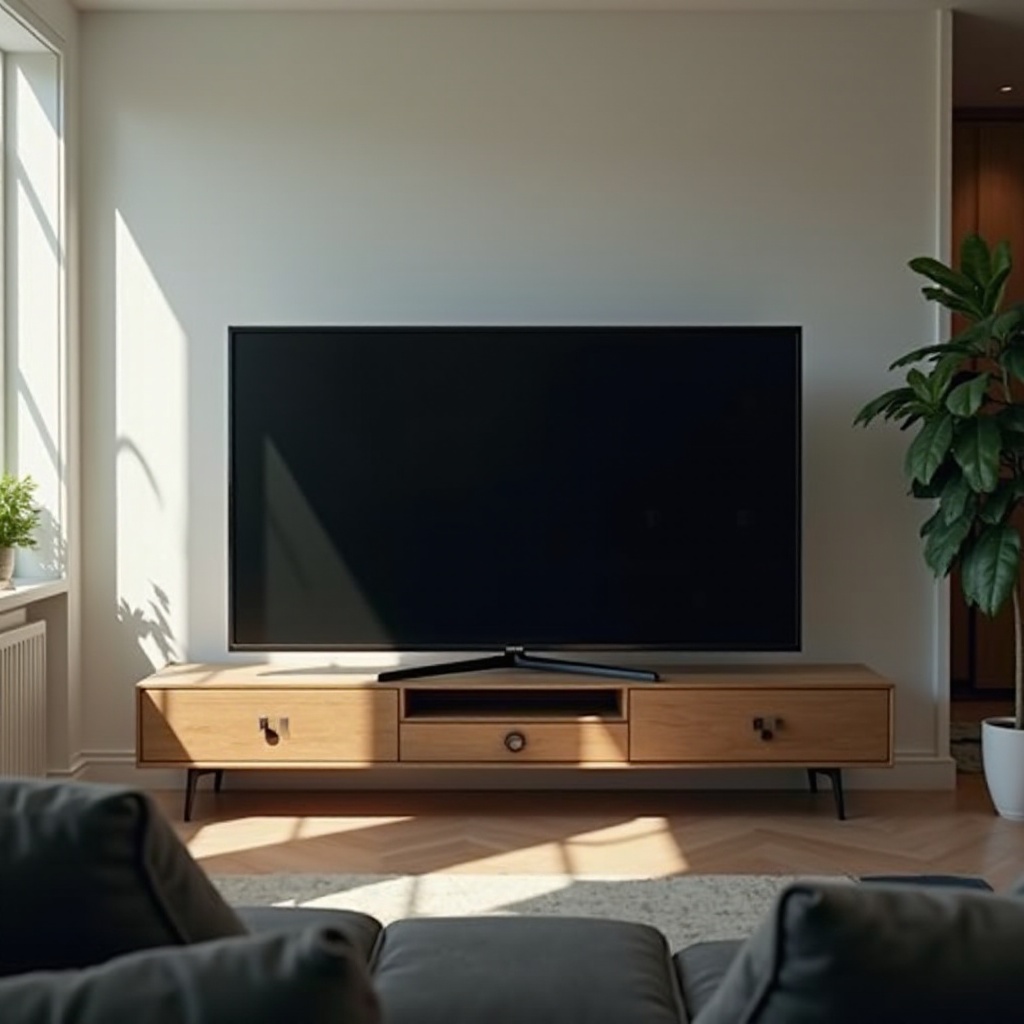
Preventative Measures for Future Issues
Incorporating preventative measures can help evade future problems with your Vizio TV.
Regular Maintenance Tips
- Clean the TV Screen and Vents Regularly: Dust accumulation can affect performance.
- Update Software Promptly: Install updates promptly to enjoy new features and fixes.
Optimal TV Usage Practices
- Avoid Extended Use: Allow your TV to have breaks to prevent overheating.
- Use a Surge Protector: This safeguards your TV against electrical spikes.
Implementing these preventative measures can prolong your TV’s lifespan and enhance its overall performance.
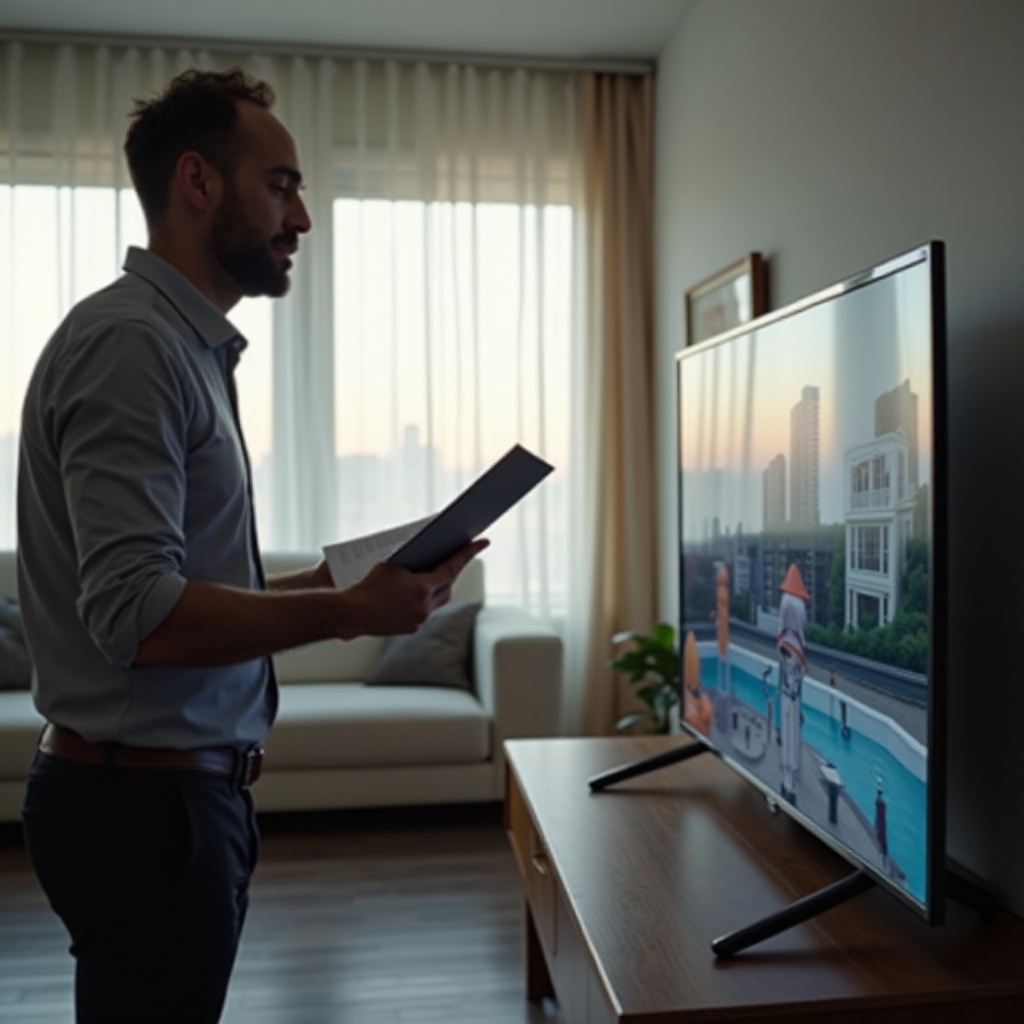
Conclusion
Facing issues with your Vizio TV can be stressful, but this comprehensive troubleshooting guide equips you with the tools to address and resolve most problems. From fundamental checks to advanced solutions and preventative measures, these steps help maintain a smooth and enjoyable viewing experience. If you encounter a hardware issue needing expert attention, don’t hesitate to reach out for professional repair services to protect your investment.
Frequently Asked Questions
Why does my Vizio TV have no sound?
If your TV has no sound, start by checking that the volume is turned up and not muted. Ensure the TV speakers are selected as the audio output. Also, verify that all audio cables are securely connected.
How do I fix the Wi-Fi connection on my Vizio TV?
To fix Wi-Fi issues, make sure your network is functioning and that you’re within range. Reconnect the TV to the Wi-Fi network through the settings menu. For more stability, consider connecting via an ethernet cable.
What should I do if my Vizio TV is stuck on a black screen?
A black screen can be caused by connection or power issues. Begin by power cycling the TV and checking all cable connections. If the problem persists, try a factory reset or consult a professional for hardware diagnosis.

